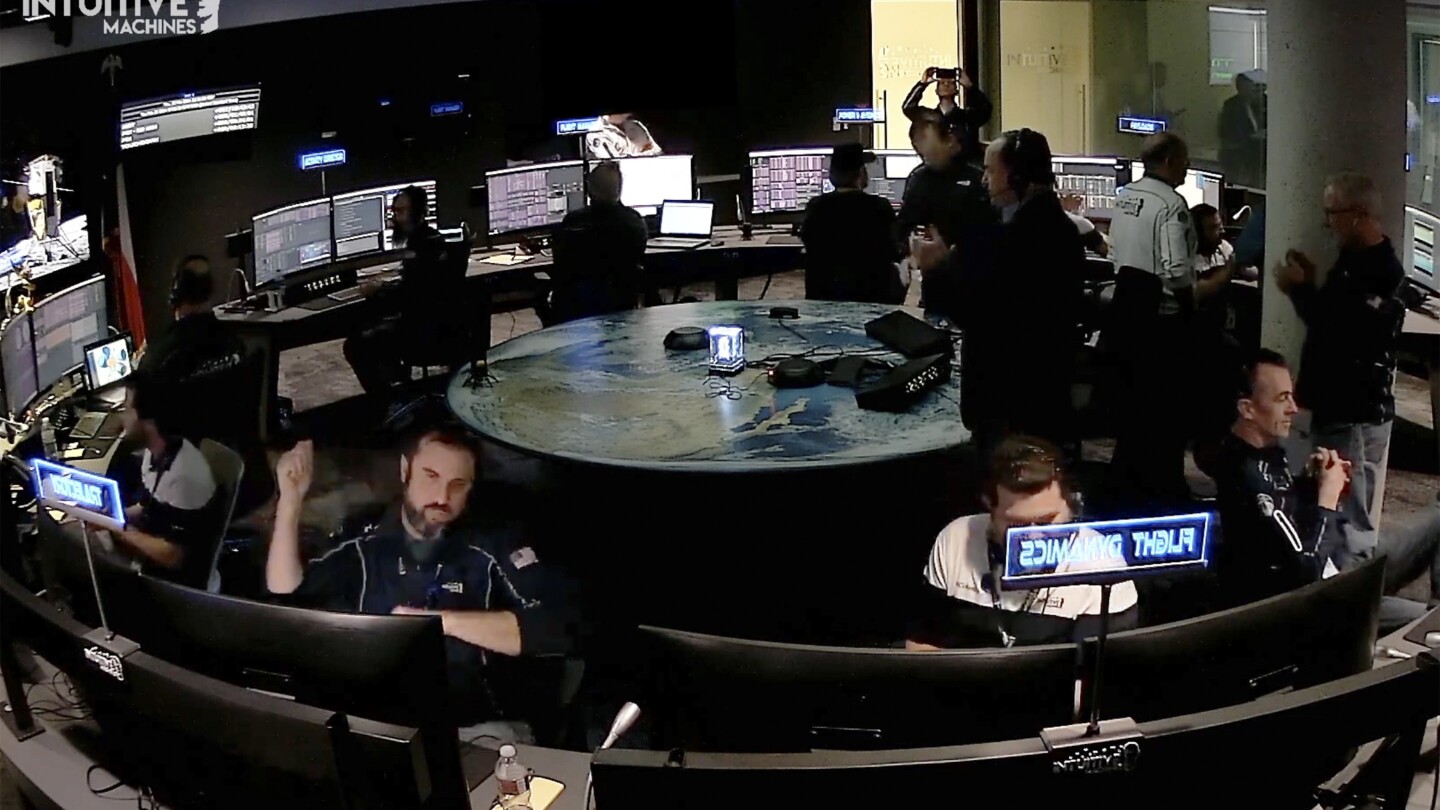Motivations behind actions matter. Reducing trade with the US may have several justifications. Among these are to “balance a trade deficit” and “to isolate America financially”.
So, while the actions taken to reduce trade with the US may be the same for both justifications, there is a distinction to be made as to the justification for said actions.


























Nah man. You’re good. Just trying to explain and be helpful.